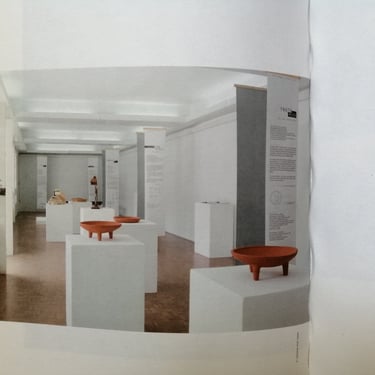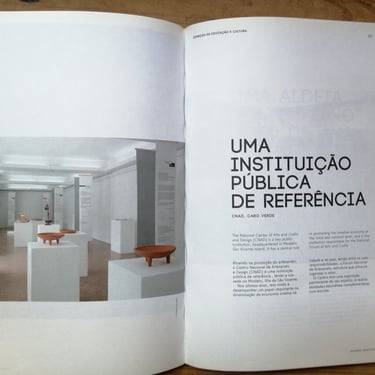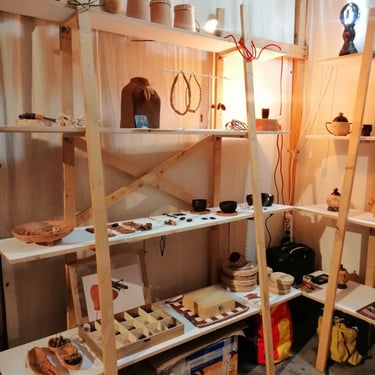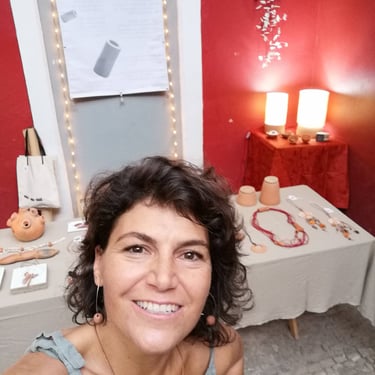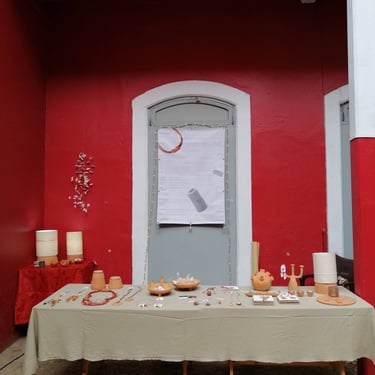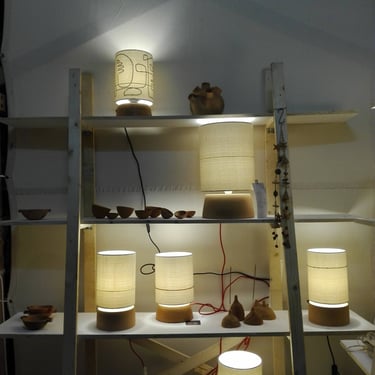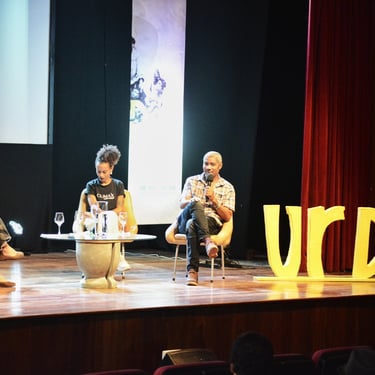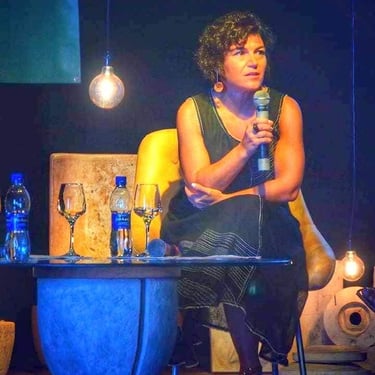Crafts and Design
Contribution from the National Center for Handicrafts and Design of Cape Verde.
Ana Clemente
I have always believed that the most fertile ideas are born at intersections. Between traditional knowledge and contemporary gestures, between thought and matter, between those who do and those who imagine.
It is in this place—of bridges, encounters, listening, and sharing—that I have sought to build my path, both as a researcher and as an author. A path that uses the language of know-how as a starting point for dialogue, creation, and reinvention, focused on the resources and knowledge of the place as sources for contemporary creation that is rooted and contextualized.
In Cape Verde, this path found the appropriate context, greatly encouraged by the work of the National Center for Handicrafts and Design (CNAD).
Over the last few years, the CNAD has developed a pioneering strategy that recognizes craftsmanship as a current, living value, with utility and meaning in the present. With a vision that values craftsmanship not only as a cultural and heritage expression, but as fertile ground for innovation.
At the center of this dynamic is URDI, the annual fair that has been a stage and laboratory, with the annual edition of the Salão Design Created in Cabo Verde competition, with the Grandes Conversas, which have been the stage for productive and informative exchanges on the world of creation between art, craftsmanship, and design, the promotion of artistic residencies, and the organization of the fair, featuring products from artisans from all the islands.
It was in this fertile context that, between 2017 and 2023, I participated in the Salão Design Created in Cabo Verde competition, launched annually by CNAD. A challenge was set for creatives—artisans, designers, architects, artists—to imagine objects based on a proposed theme, with one essential condition: the pieces had to be producible by Cape Verdean artisans, using materials and techniques available in the country.
Each year, dozens of proposals were conceived, evaluated, selected, and produced.
It was a challenging process for everyone involved. Over the years, dozens of proposals have been evaluated, selected, and produced, putting the sector's creativity, execution capacity, and adaptability to the test. Those who designed did so based on a specific concept, the materials available, and the knowledge existing in the country. Those who produced had the opportunity to take on projects that posed challenges very different from their everyday work. There was mutual enrichment, execution capabilities were explored, and collaborative and interdisciplinary thinking was challenged, leading the dynamics between design and craftsmanship to a level of increasing demand and quality.
I had the privilege of participating in this journey and seeing several pieces I designed come to life in the hands of Cape Verdean artisans:
– PASSAGU and PODOGÓ21, from the Identidade de Nôs Casa contest (2017)
– PINTADURA, from the Boka Panu contest (2018)
– TERRERO and PANU, from the Repika contest (2019)
– MOIA, from the Lossguia competition (2020)
– PA FLA, from the Palavra competition (2022)
At another time, I will share images of these pieces and the exhibitions that resulted from them. Because each object has its own story — and each story bears witness to a time, a place, a desire to create from the Earth and with the Other.
In 2021, I had the opportunity to be part of the POTE artistic residency group, which, due to the richness of the experience and the results, deserves another story.
This is the power of craftsmanship when it intersects with design: giving shape to what connects us.
